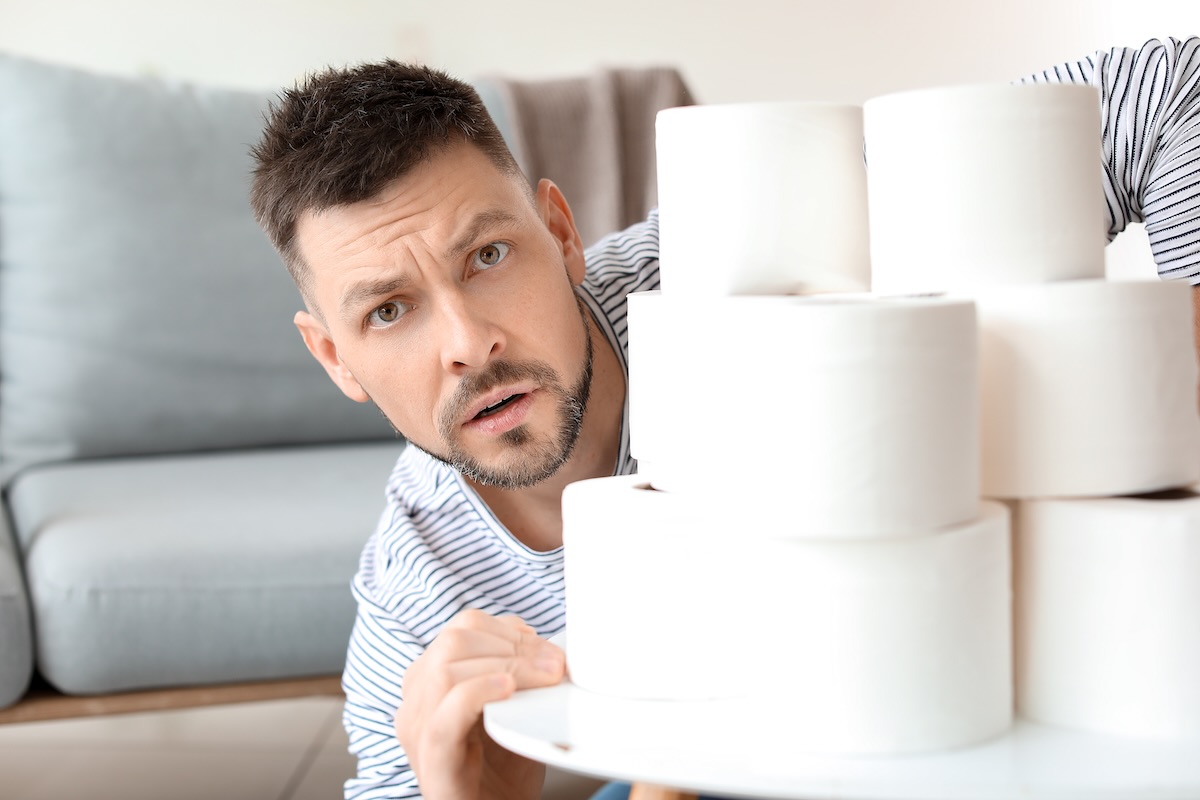For generations, toilet paper has been a household essential, a product so ingrained in our routines that it seemed irreplaceable. Yet, change is underway. In many European countries, a new alternative is quietly taking its place, driven by environmental concerns, hygiene improvements, and cultural habits. The farewell to traditional toilet paper may sound surprising, but the movement is gaining momentum.
Why Toilet Paper’s Future Looks Uncertain
Toilet paper consumption has skyrocketed in recent decades. According to environmental groups, the average person in Western Europe uses around 100 rolls per year. This creates a massive demand for paper production, which requires trees, energy, and water.
The environmental cost is staggering:
-
Millions of trees cut down annually.
-
Enormous amounts of water used in manufacturing.
-
Chemical bleaching processes that pollute waterways.
At the same time, toilet paper is far from perfect in terms of hygiene. It cleans only superficially and often leaves residue, which is why medical professionals have long debated its effectiveness compared to washing with water.
These drawbacks have opened the door for a cleaner, greener alternative.
The Rise of Bidets and Modern Hygiene Systems
The alternative gaining popularity is not new—it has been around for centuries. The bidet, a fixture long embraced in Southern Europe, is now spreading northwards and beyond. No longer limited to traditional ceramic units, bidets today come in sleek, modern forms, including:
-
Bidet toilet seats with water jets.
-
Portable bidet sprayers installed alongside toilets.
-
Compact, integrated systems combining toilets and bidets.
In countries like Italy, Spain, and Portugal, bidets are already common in most homes. But now, nations such as Germany, France, and even the United Kingdom are seeing a surge in installations. Rising eco-awareness and new product designs have made them more appealing than ever.
Hygiene Benefits That Outshine Toilet Paper
Water-based cleaning is widely recognized as more effective and hygienic than wiping with paper. Dermatologists note that bidets reduce irritation, particularly for people with sensitive skin or medical conditions. Parents with young children also appreciate the gentler, more thorough clean.
Another advantage is comfort. Washing leaves a feeling of freshness that paper cannot match. In fact, many who switch say they cannot imagine returning to toilet paper afterward.
Environmental Advantages: A Green Revolution in the Bathroom
The ecological benefits are perhaps the strongest argument. By replacing or drastically reducing toilet paper use, households cut down on deforestation and water pollution linked to paper production. While bidets do use water, the amount is minimal compared to what’s required to manufacture a single roll of toilet paper.
A study comparing usage found that switching to water-based cleaning could save up to 30 liters of water per person per day when factoring in the full production chain of toilet paper. Add in the elimination of plastic packaging and transport emissions, and the ecological case becomes even stronger.
Europe Leads the Way, but Will the World Follow?
The shift is most visible in Europe, where cultural openness to bidets already exists. Japan, however, has long been a pioneer, with high-tech toilets that offer heated seats, adjustable sprays, and even air-drying. These innovations are now inspiring European manufacturers to modernize their own models.
In contrast, countries like the United States remain heavily reliant on toilet paper. Cultural habits and slower adoption of bidets have delayed the transition. Yet with sustainability becoming a global priority, experts predict that water-based cleaning systems will continue to spread.
Challenges in Saying Goodbye to Toilet Paper
Of course, the transition isn’t without obstacles. Installing bidets requires plumbing adjustments that not every household can afford. Some people also resist change due to cultural habits or misconceptions about hygiene.
However, new solutions are making adoption easier. Portable bidets, affordable spray attachments, and hybrid toilet-bidet units can be installed without major renovations. These options allow households to test the alternative without a large investment.
A Future Without Toilet Paper?
Will toilet paper disappear completely? Probably not in the near future. It will likely remain in use for quick convenience or as a complement to washing. But the trend is clear: Europe is embracing a more sustainable, hygienic solution, and the rest of the world may soon follow.
As awareness spreads, younger generations especially are more open to alternatives that align with eco-friendly values. Just as reusable shopping bags and metal straws replaced disposable options, the same shift could happen in the bathroom.
A Change Worth Embracing
The farewell to toilet paper marks more than a shift in bathroom habits—it reflects a broader transformation in how we think about sustainability and hygiene. Europe’s embrace of bidets and modern washing systems shows that change is possible, practical, and beneficial on multiple levels.
Cleaner, greener, and ultimately more comfortable, this alternative is not just a passing trend. It may well be the future standard. So next time you reach for a roll, remember: across much of Europe, people are already saying goodbye to toilet paper—one flush at a time.
